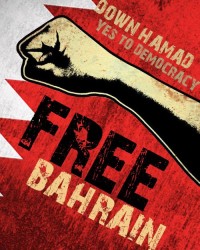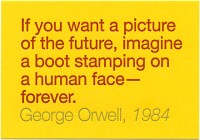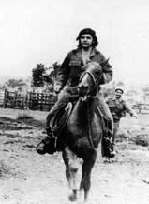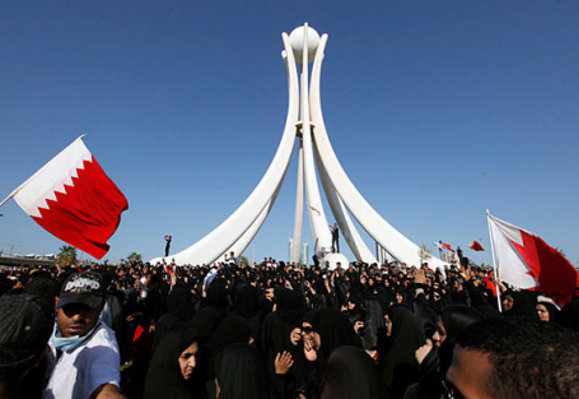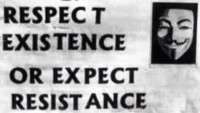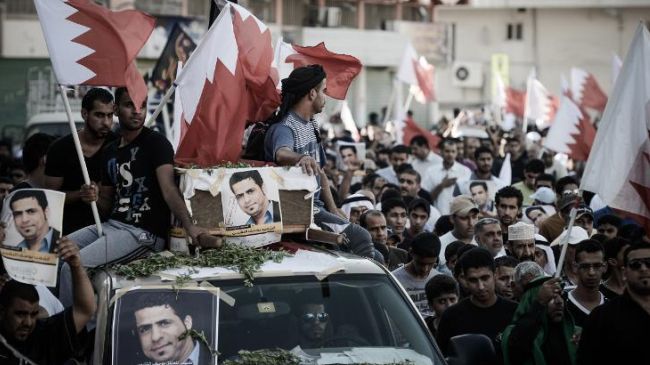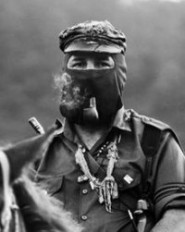Buying Security or Bailing the West
Gulf Arms Deals: Buying Security or Bailing the West
By: Yazan al-Saadi – 12 January, 2012 – Al-Akhbar
The United States and the Gulf monarchies have committed to what has been dubbed as “one of the largest re-armament exercises in peacetime history,” amounting to the sale of US$123 billion worth of fighter jets, helicopters, missiles, tanks, and other advanced weaponry.
The deal, announced this past Christmas Eve in Washington, has been justified by Andrew Shapiro, the US Assistant Secretary of State for Political-Military Affairs, as “[sending] a strong message to the countries in the region that we are committed to support the security of our key partners and allies in the Arabian Gulf and the broader Middle East.”
On the surface, the deal seeks to ensure that any potential expansionist interest by Iran towards the region is deterred. Yet, the nature and outcome of previous and current substantial arms deals between Arab Gulf monarchies and the West, in terms of its military value vis-à-vis Iran, suggest an agenda beyond merely containing the Islamic Republic.
Considering history: the “lightning” example
Amer Mohsen’s a href=”http://www.al-akhbar.com/node/29087″ target=”_blank”>recent article for Al-Akhbar Arabic devoted much attention to the first major arms deal between the West and the Arab Gulf monarchies, which occurred in the early 1960s, and how it illuminated much of the nature of why these deals are initiated and their usual outcome.
As Mohsen point out, Saudi Arabia and the United Kingdom broke new ground by committing to a transaction in regards to the English Electric Lightning supersonic jet fighter aircraft, developed by the British Aircraft Corporation (known today as British Aerospace) during the 1950s.
Saudi Arabia, mired in the Yemeni Civil War and sporadically conflicting with Nasser’s Egypt, ordered 35 Lightning F-53s and six T-55s which were delivered in phases, completed in 1972. For the British defense industry at the time this was the largest sale in its history.
Mohsen adds that documents leaked decades later revealed that the Saudis went first to the Americans to seek help in expanding their military capabilities. The Americans declined after their analysis concluded that the Saudi aviation sector could not withstand the massive expansion the Saudis desired. At the same time, the Americans were trying to bring Britain, a decaying power, into its strategic fold – the British vehemently sought to maintain their own independent defense industry and nuclear capacity. But the British were finally convinced after the Americans developed the Phantom, which came into service in 1960.
The Phantom immediately made the Lightning obsolete and was much cheaper to produce. The British decided to start purchasing the Phantom from the Americans, and discontinued the production of their Lightning series. There was a problem, a surplus of Lightnings were still available and were loitering uselessly in the factories. Thus the Saudi deal was born. The Americans contacted Riyadh and convinced them to buy a large number of the planes under the false pretext that they were the most advanced planes at the time.
The aircrafts’ capabilities were essentially useless for Saudi needs in terms of its conflicts in Yemen and use within the country’s own borders. The Lightning was a supersonic jet fighter, an aerobatics marvel, ineffective at lower altitudes or during routine air skirmishes. It was a sale that did not revolutionize or benefit the Saudi military greatly.
Kuwait followed suit in 1966, ordering 14 of the British planes. Similarly, the Kuwaitis faced trouble in maintaining and utilizing the aircraft and soon after replaced them. Currently, the Al Jaber Air Base has three Lightnings on display, with another one outside the headquarters building in the Ali Al Salem Air Base.
The US$123 billion Gulf Arms Deal
Fast-forward decades later, a new enormous arms deal has been conducted between Gulf monarchies and the current global superpower, the United States. The sale was first tabled in 2007, under negotiation between the Bush administration, and subsequently the Obama administration, with various Gulf monarchies as part of a larger defense shield against Iran’s growing regional power and its nuclear energy program. …more
By the end of December 2011, the first part of the US$123 billion arms deal became apparent. The Saudis are to receive 84 advanced Boeing F-15SA fighters and upgrades for 70 older models for the price of US$30 billion – the first part of an overall US$63 billion, solely paid by Saudi Arabia; that includes helicopters, missiles, precision-guided munitions, and new tanks.







